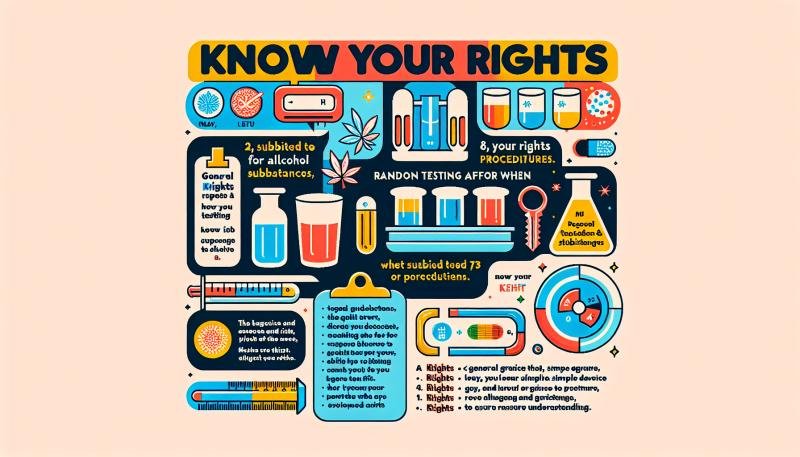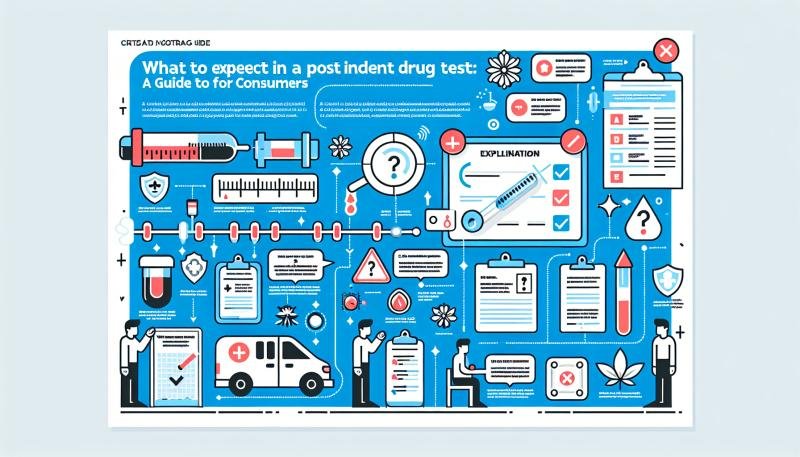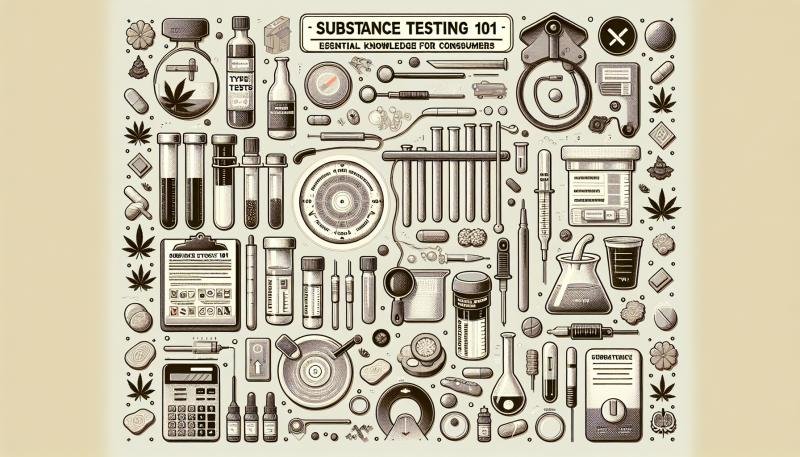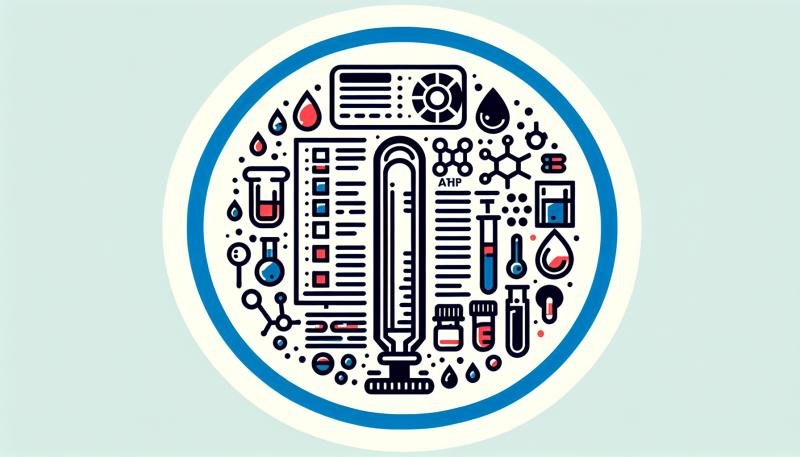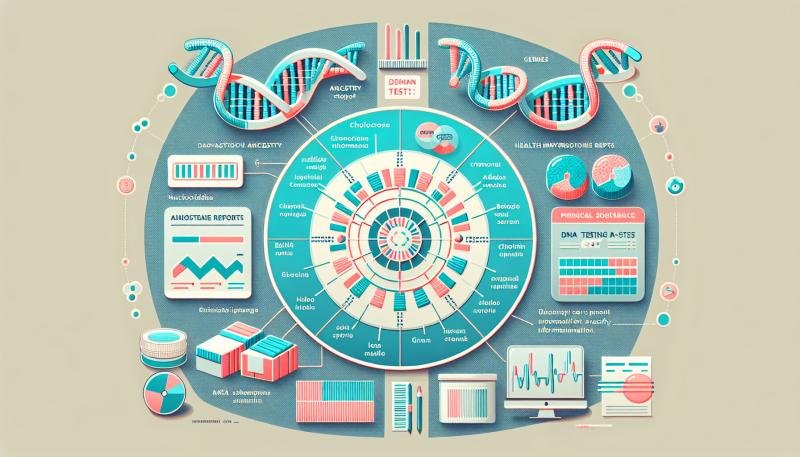Random Testing Demystified: What Consumers Need to Know
Random testing is a crucial part of quality assurance across various industries, from healthcare and software to consumer products and beyond. Understanding how random testing works and its importance can empower individual consumers to make informed decisions. This guide demystifies random testing, explaining what consumers should know, how it benefits them, and why it matters in today’s world. What is Random Testing? Random testing involves the selection and examination of products, software, or components without bias or premeditated choice. This type of testing is an essential tool in assessing the reliability and quality of a product. By employing randomness in choosing test subjects, it helps ensure that the evaluation process is free from external influences or preconceived notions. Types of Random Testing Advantages of Random Testing The benefits of incorporating random testing in various processes are immense, benefiting consumers, businesses, and industries alike. Here�s why random testing is integral: Challenges of Random Testing While the advantages of random testing are clear, there are also challenges that consumers should be aware of: Myths About Random Testing Random testing, like any other process, is subject to misconceptions. Here, we clear up some common myths: Why Random Testing is Important for Consumers For individual consumers, understanding the role and significance of random testing translates to several tangible benefits: Conclusion: Navigating the World of Random Testing Random testing is a steadfast component in ensuring quality, safety, and legal compliance in various industry sectors. As a consumer, recognizing the value and function of random testing can enhance trust in the products and services you use daily. By demanding transparency and accountability through such testing, consumers have the power to influence better quality practices and safer product environments. For more insights into random testing and other screening solutions, visit https://imsscreeningsro.com/ to explore their comprehensive offerings designed to safeguard and empower consumers like you. Knowledge is the first step in protecting oneself from substandard or unsafe products; understanding random testing is a crucial part of that journey.




